The year in pictures: 2023
Space is vast. It often takes planetary exploration missions a long time to get where they’re going. As our robotic ambassadors cruise through the Solar System and beyond, sometimes the only thing to do is sit back and enjoy the journey.
BepiColombo, which launched in 2018, is still journeying to Mercury. It performed its third flyby of our innermost planet this year and will pass it three more times before entering orbit in 2025.
Back at Earth, OSIRIS-REx completed a seven-year, 7.1-billionkilometer (4.4-billion-mile) trek to asteroid Bennu and back in September, delivering a sample that may teach us about our very origins. The spacecraft is now on its way to visit Apophis, a near-Earth asteroid that will pass unnervingly close to Earth in 2029.
Psyche blasted off on a mission to visit a metal asteroid of the same name located between Mars and Jupiter. The spacecraft won’t arrive until 2029 after a journey of 4 billion kilometers (2.5 billion miles).
Juice, the Jupiter Icy Moons Explorer, launched on a mission to visit Europa, Ganymede, and Callisto. The spacecraft will perform three Earth flybys, one Venus flyby, and one Mars flyby before reaching Jupiter in 2031.
Humans are journeying too. This year, there were briefly 17 people aboard the International Space Station and Tiangong space station combined, setting a new record for the number of people in low-Earth orbit at the same time.
The Moon continues to be a popular destination. The Chandrayaan-3 mission successfully placed a lander and rover in the Moon’s south polar region, and as The Planetary Report went to press, two NASA-sponsored commercial landers were scheduled to launch by the end of the year.
At Mars, the Perseverance rover and its companion helicopter Ingenuity continue their journey through Jezero Crater. Perseverance is collecting samples that will one day be brought back to Earth. Farther out, Juno is using Jupiter’s gravity to bring the spacecraft’s orbit closer and closer to the volcanic moon Io. On Dec. 30, 2023, and Feb. 3, 2024, Juno will fly past Io at a distance of just 1,500 kilometers (930 miles).
Sometimes, a destination is too distant for us to visit at the moment. Fortunately, we can still journey to far-off worlds with space telescopes like JWST, which delivered some stunning new views of the outer planets. Meanwhile, in interstellar space, Voyager 1 and 2 continued their journeys into infinity, collecting data on interstellar space.
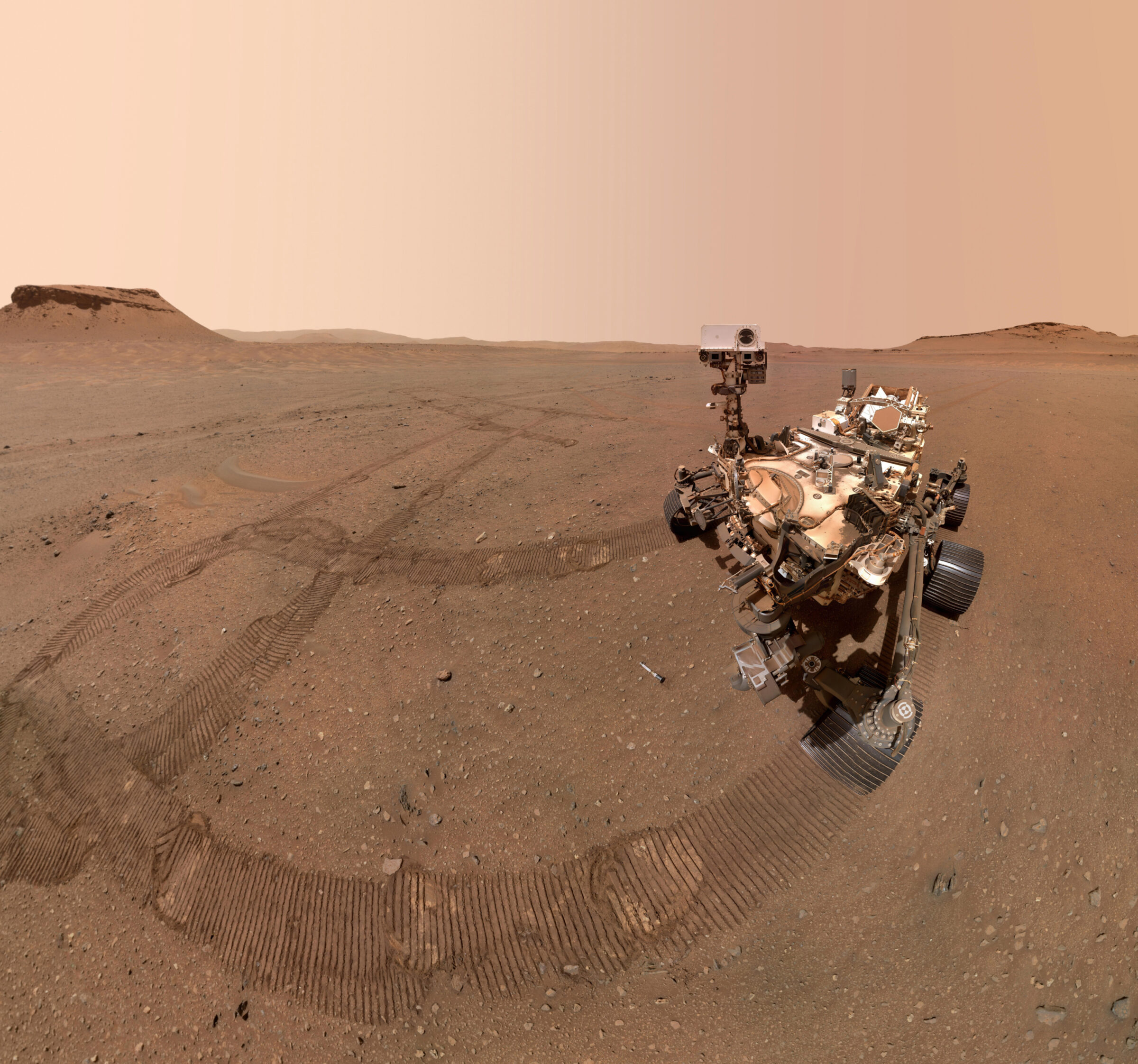

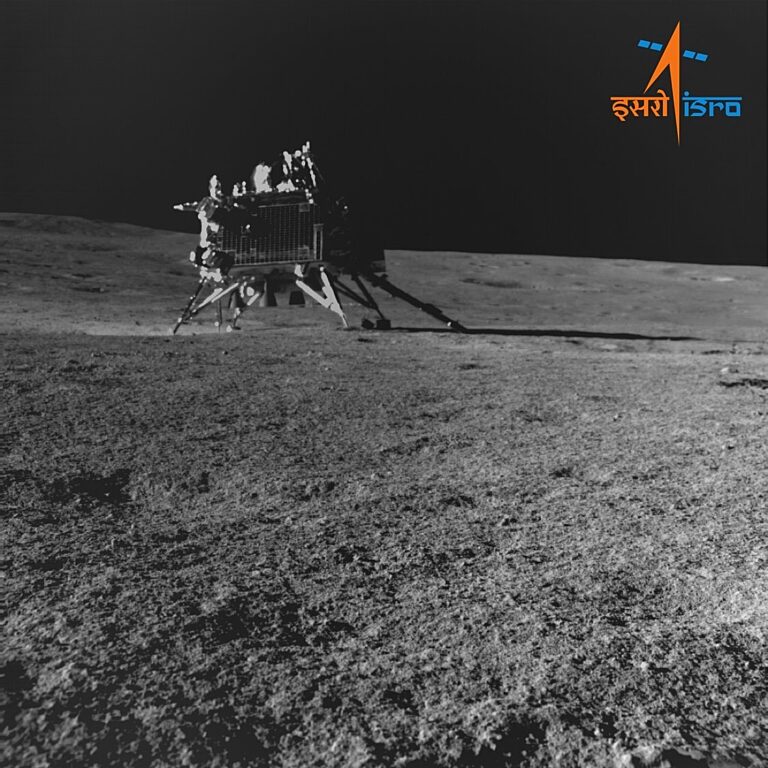

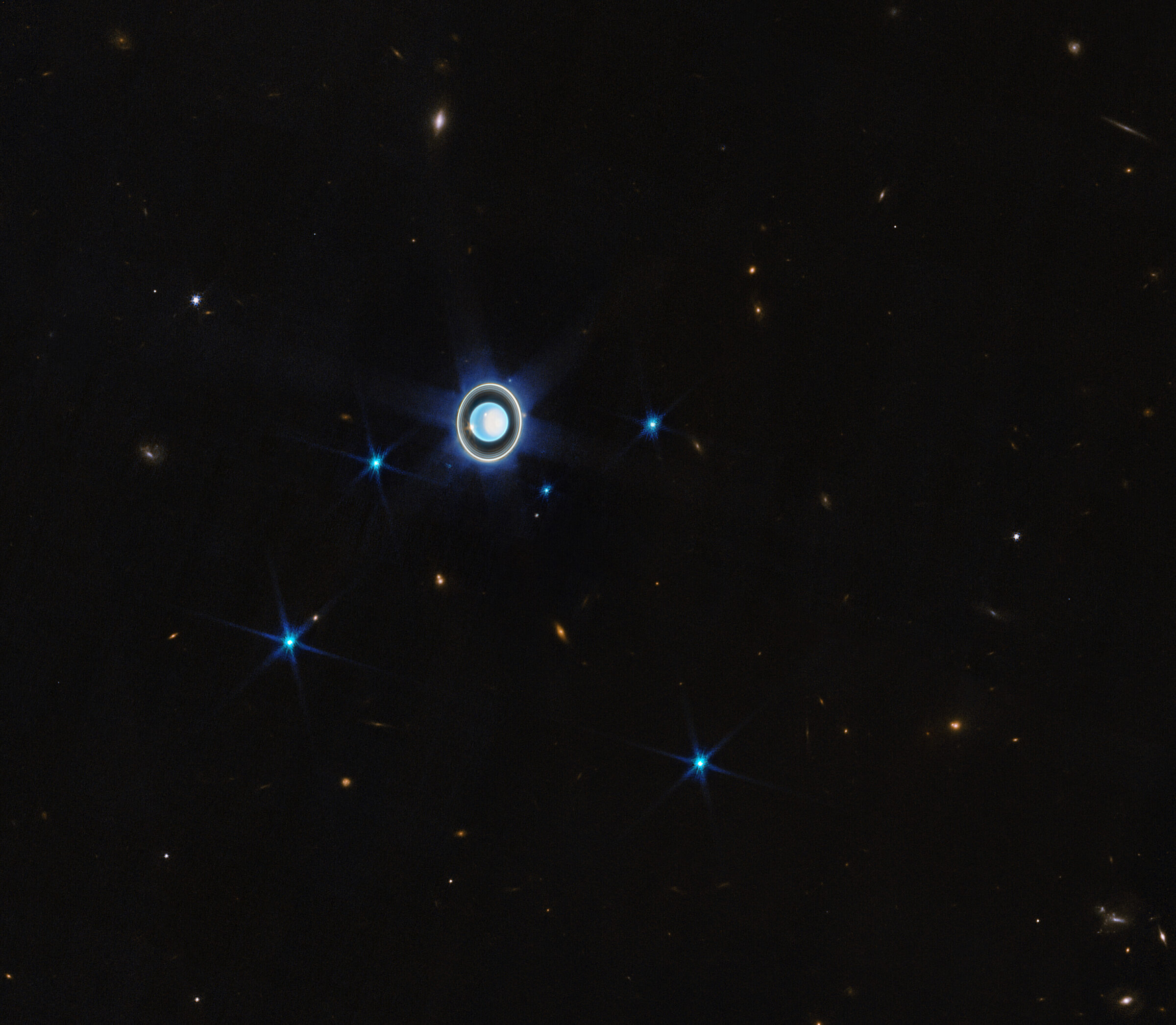
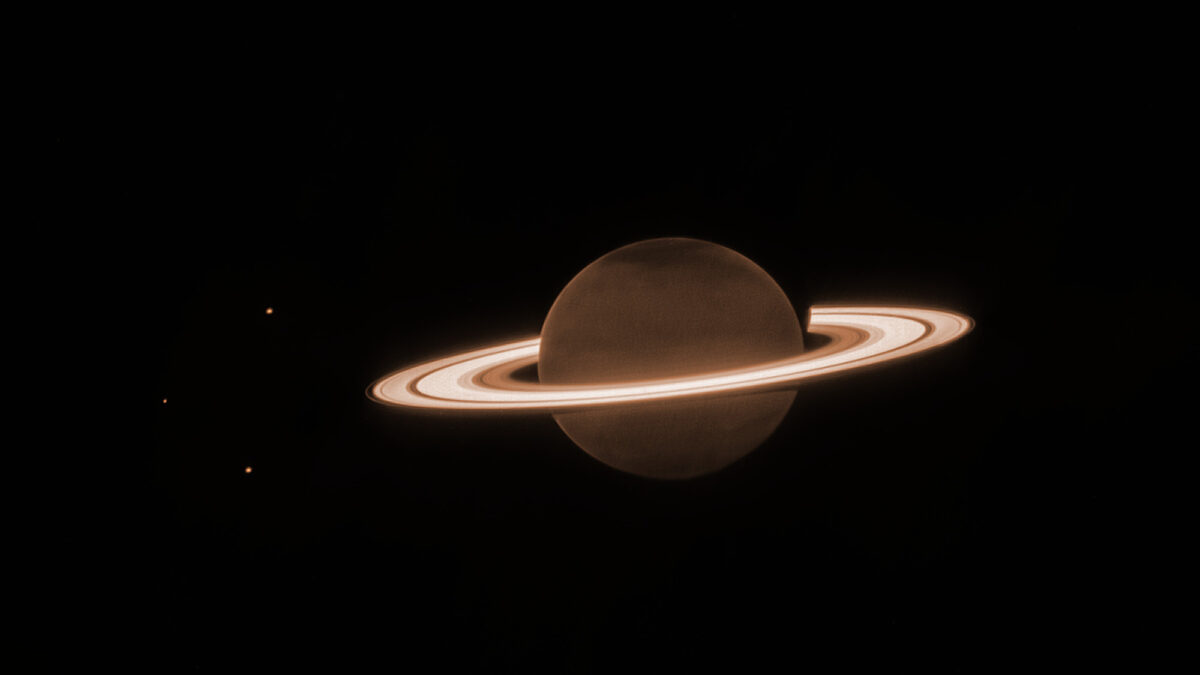
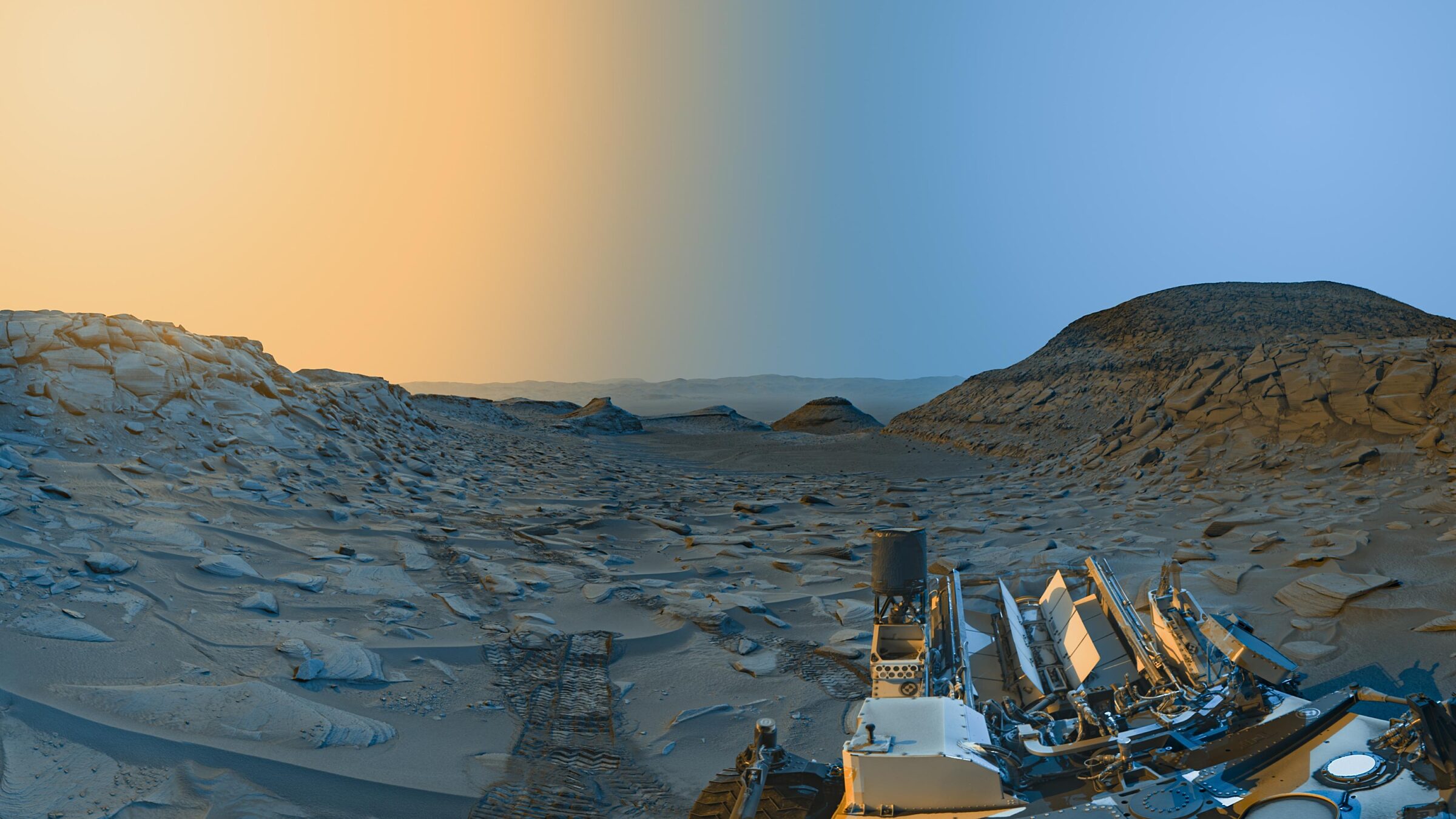


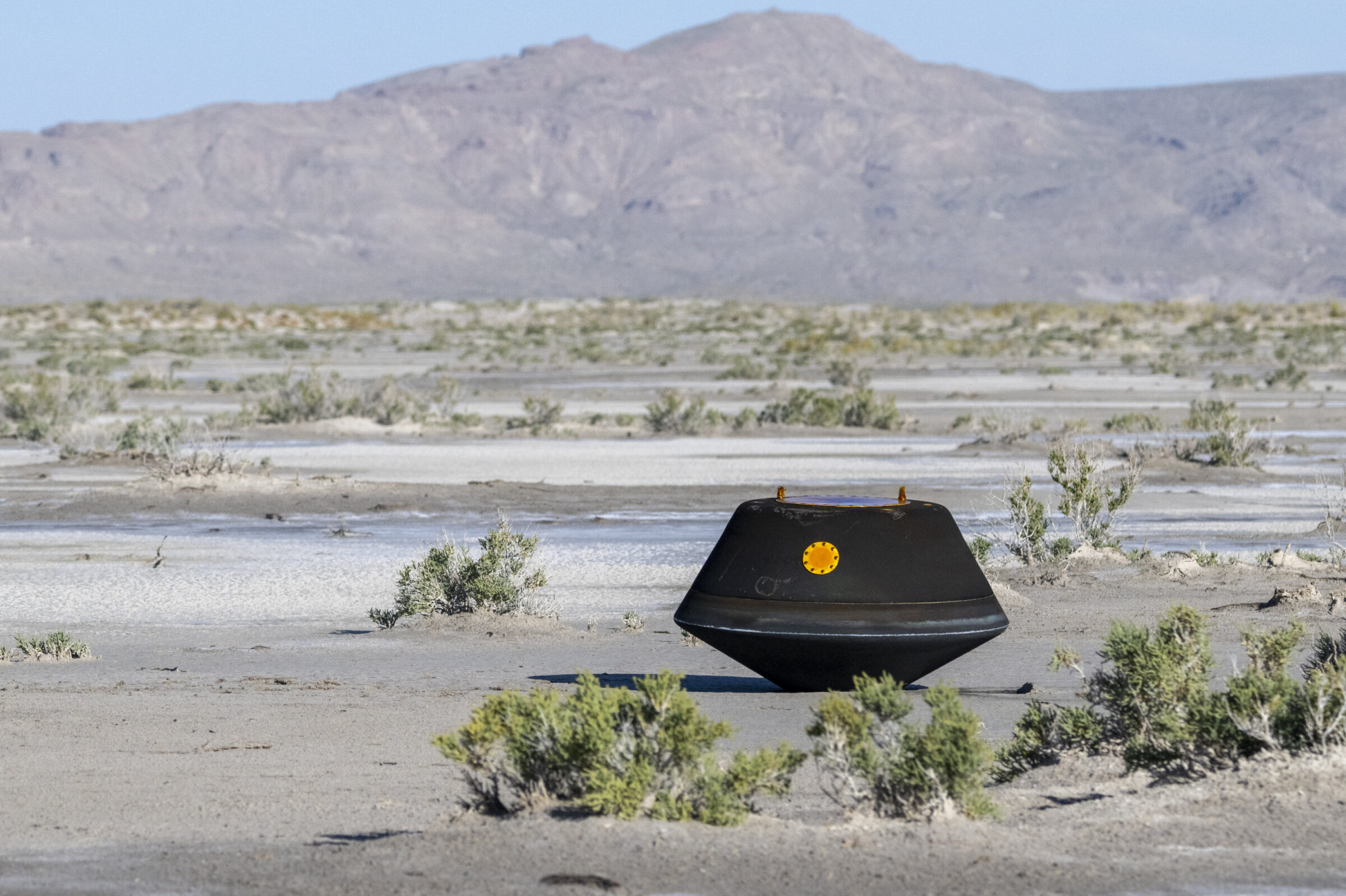


Support our core enterprises
Your support powers our mission to explore worlds, find life, and defend Earth. You make all the difference when you make a gift. Give today!
DonateThe Planetary Report • December Solstice
Help advance space science and exploration! Become a member of The Planetary Society and you'll receive the full PDF and print versions of The Planetary Report.


 Explore Worlds
Explore Worlds Find Life
Find Life Defend Earth
Defend Earth


